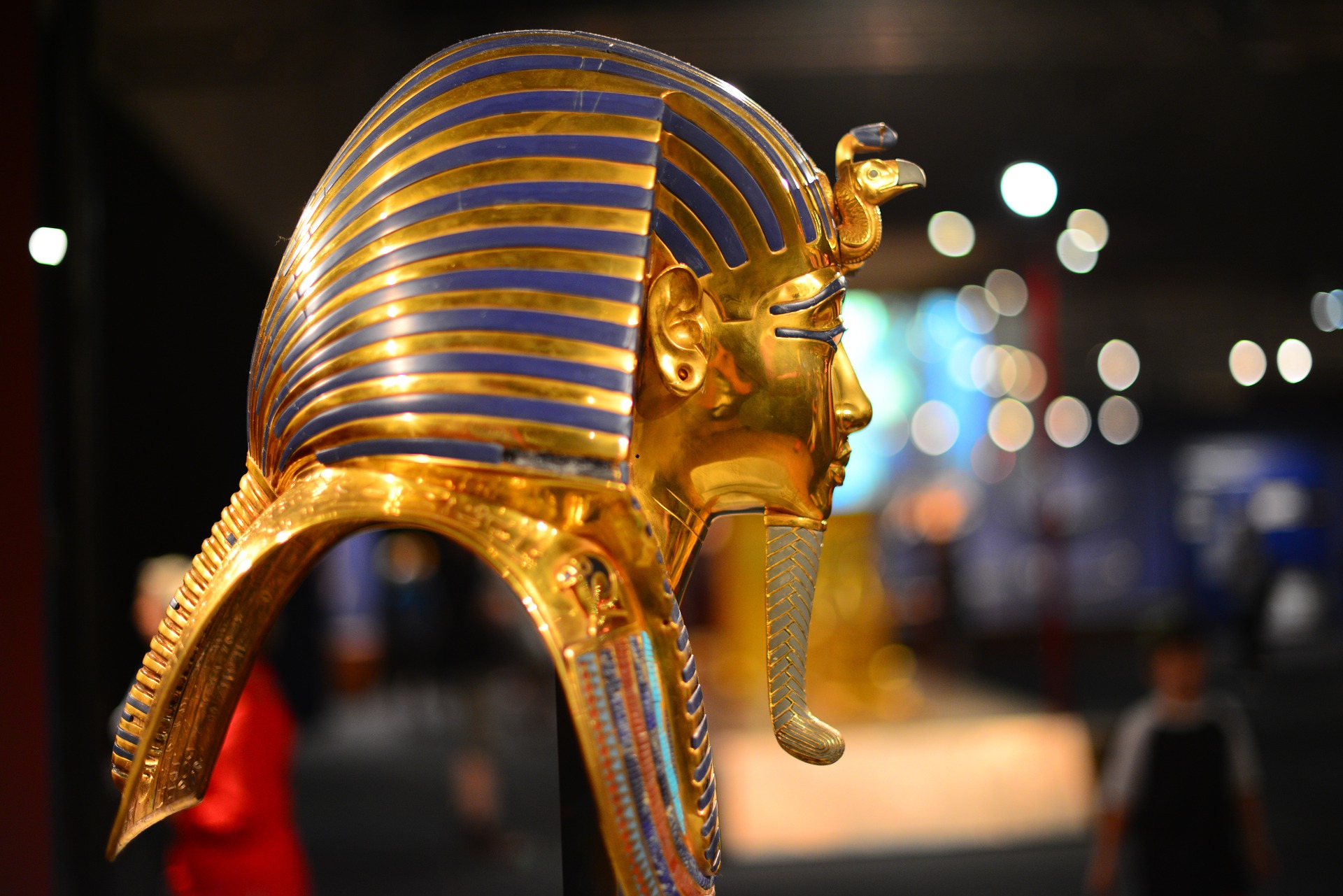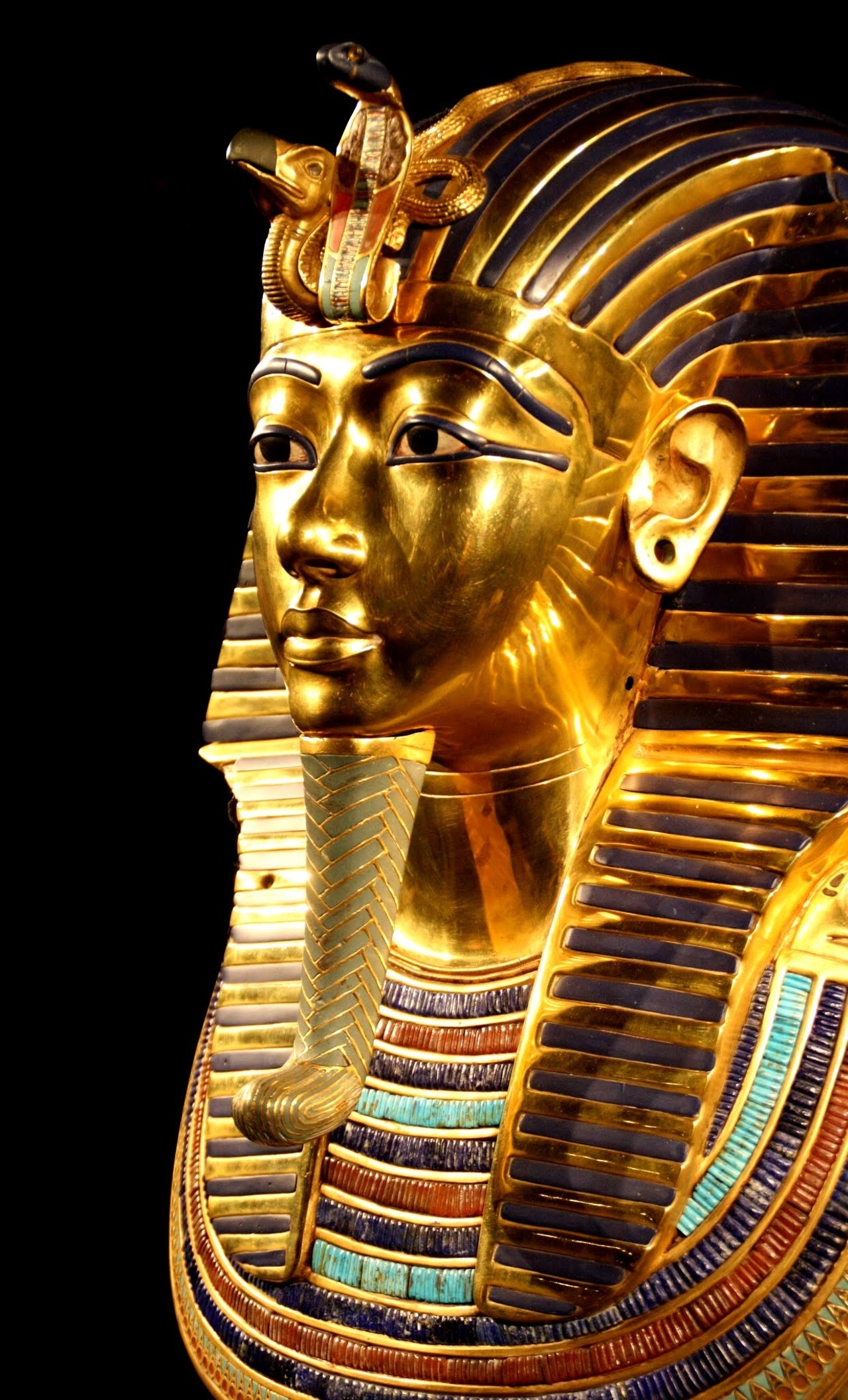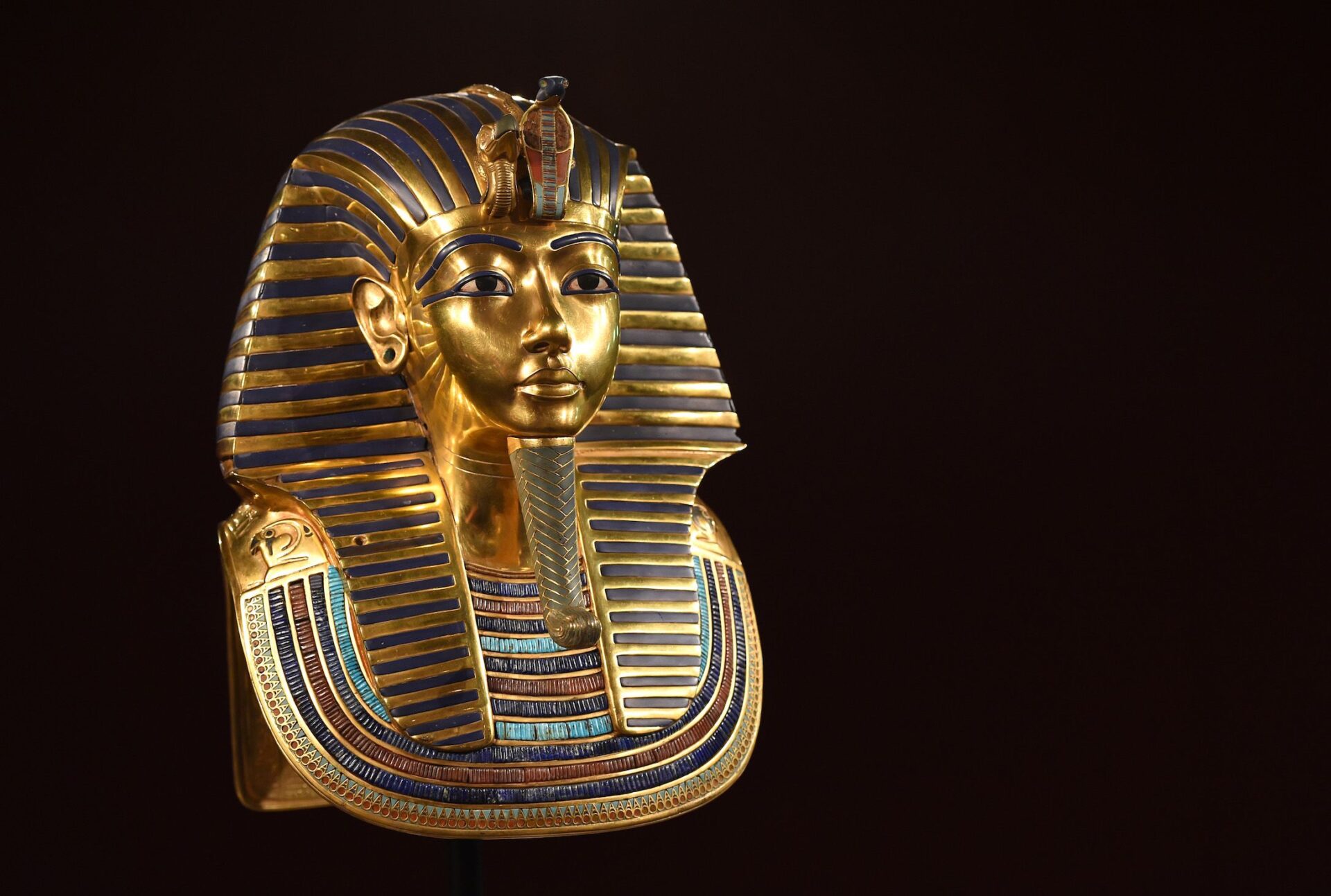The British newspaper The Telegraph published a report on tourism in Egypt, showing the funeral mask of Pharaoh Tutankhamun as one of the world’s tourist icons, which must be seen throughout life.
Egypt began a world tour in 2019 for 150 precious artifacts from the tomb of King Tutankhamun. The United Kingdom was the third stop on the tour, where the exhibition took place since November 2019. The tour was to last until the end of 2022.
Due to the current global state of health and related limitations around the world, the world tour has come to an end. On August 28, 2020, the artifacts returned to Cairo. The collection is intended for permanent display in the Great Egyptian Museum, which is currently under construction.

Tutankhamun ruled from 1333 BC. The discovery by British archaeologist Howard Carter in 1922 of much of Tutankhamun’s tomb is considered one of the most significant archaeological discoveries of modern times.
Tutankhamun’s golden mask is probably the most famous artifact ever found in Egypt. British archaeologist Howard Carter described it as “a beautiful and unique example of an ancient portrait.” He also noted that it “has a sad but calm expression, which suggests a youth who was prematurely overtaken by death.”
The mask weighing 10 kg is one of the most famous works of art in the world and is a miracle of skilled skill. It is made of a layer of pure gold inlaid with glass, as well as precious and semiprecious jewelry.
The stripes on the headdress are made of glass, the eyeliner and eyebrows are made of lazurite, one of the favorite stones of the ancient Egyptians. The eyes themselves have obsidian (black volcanic glass) and quartz.

The mask is not only a great example of ancient craftsmanship, but it also shows how great international trade was even in antiquity, as lapis lazuli had to be imported from Afghanistan.

